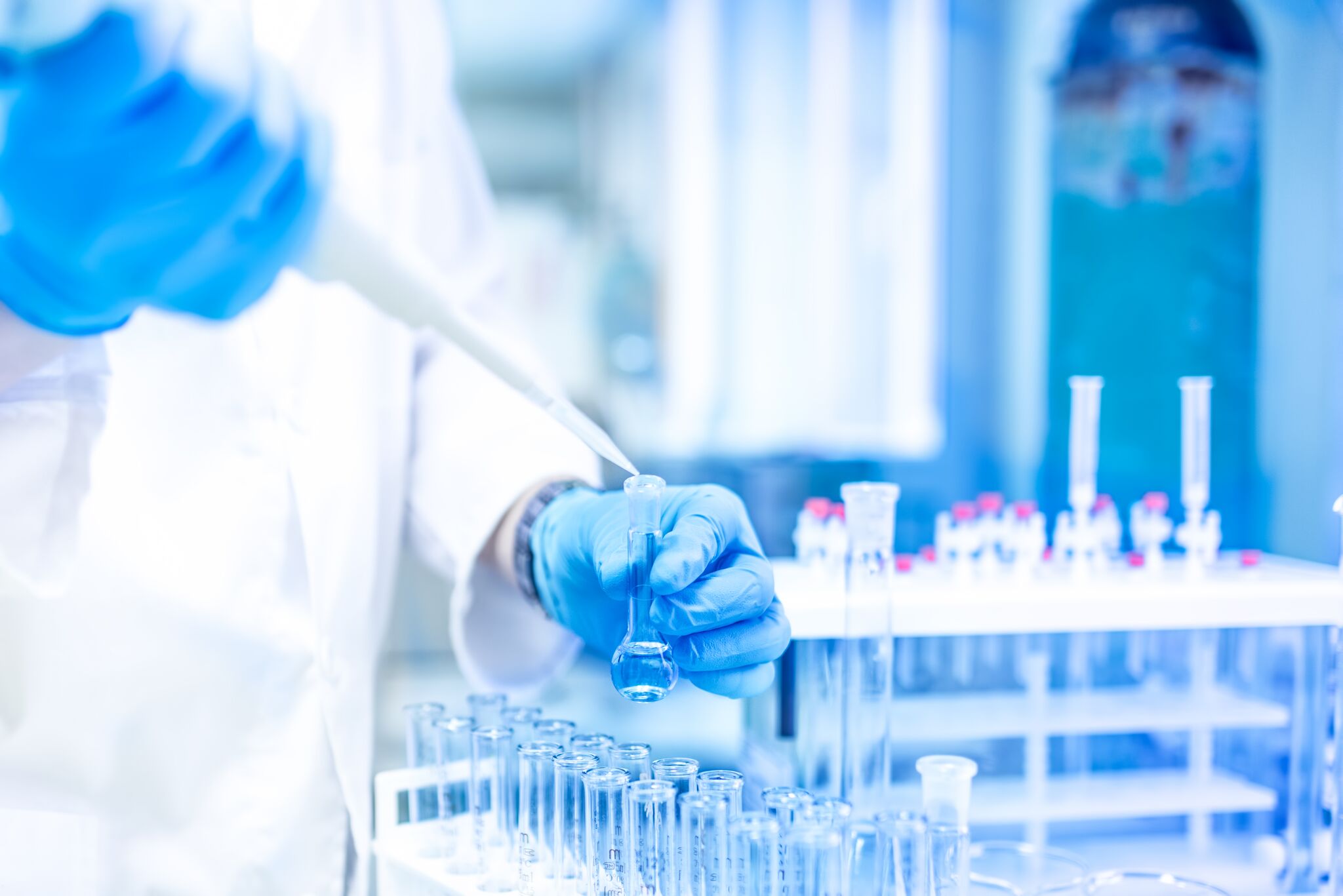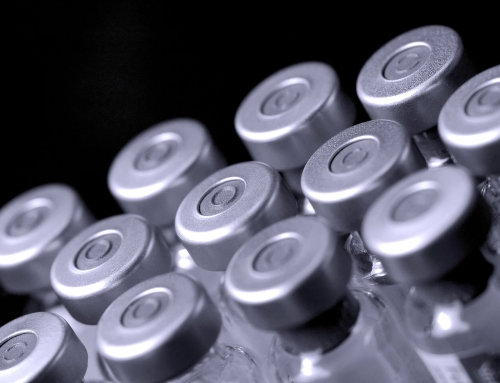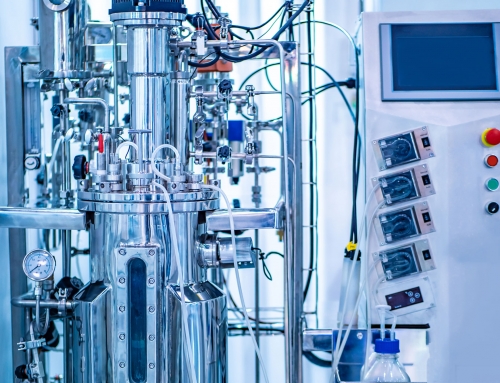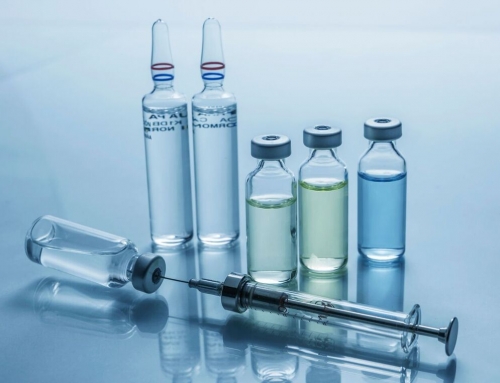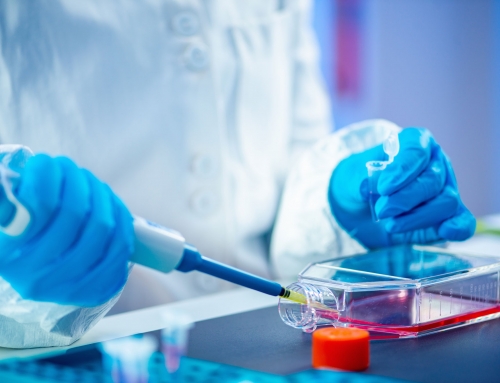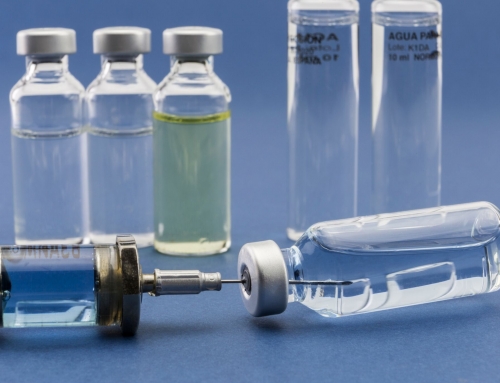Aseptic processing is used in many industries, for many purposes besides the production of sterile drug product. For example, aseptic processing has become the industry standard for handling liquid food products such as milk, fruit juice, and others—not to mention growing in popularity for foods like cottage cheese, vegetable soups, and baby food, to name a few.
However, while aseptic processing and filling of sterile drug products shares many similarities with other kinds of aseptic processing, it also faces unique challenges tied to the specific qualities of sterile drug products that cannot undergo terminal sterilization.
Why use aseptic processing for sterile drug products?
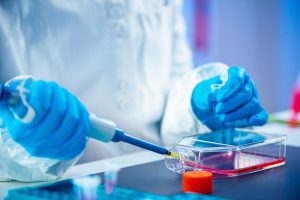 Ultimately, the reasons for using aseptic processing and filling techniques are similar, whether you’re processing milk or sterile drug products. Aseptic processing is an efficient way to handle products that either can’t be sterilized in their final containers, or that are more easily sterilized in large batches and then filled under sterile conditions.
Ultimately, the reasons for using aseptic processing and filling techniques are similar, whether you’re processing milk or sterile drug products. Aseptic processing is an efficient way to handle products that either can’t be sterilized in their final containers, or that are more easily sterilized in large batches and then filled under sterile conditions.
Terminal sterilization often relies on heat or radiation, which can destabilize many compounds and other materials. For parenteral products, this runs the risk of diluting the product, reducing or altering its efficacy, or otherwise changing the behavior of drug products. Because the molecular makeup of drug products is tightly regulated, any alteration caused by heat or radiation renders the drug unusable.
What this means, in practice, is that some products simply cannot be sterilized via the usual methods after filling. In these cases, aseptic processing is a necessity. Many times, drug products that cannot be terminally sterilized have to be filled in an entirely sterile environment, which means that aseptic processing is required from start to finish.
Aseptic processing begins with sterile materials and containers.
 Whether you’re handling food or sterile drug products, aseptic processing begins in the same place: the sterilization of both materials and the containers that they’re going to go into. If every aspect of the product isn’t sterile before it begins the process of aseptic filling, then it doesn’t matter how sterile the conditions under which it is filled are kept.
Whether you’re handling food or sterile drug products, aseptic processing begins in the same place: the sterilization of both materials and the containers that they’re going to go into. If every aspect of the product isn’t sterile before it begins the process of aseptic filling, then it doesn’t matter how sterile the conditions under which it is filled are kept.
The process of sterilizing materials and containers depends on the product itself, with different processes being more appropriate for different products. Common sterilization methods include heat or radiation, filtering, and the use of ethylene oxide gas.
Just because products cannot undergo terminal sterilization doesn’t mean that they can’t be sterilized at some other point in the process. The heat or radiation used in terminal sterilization may cause molecules in the product to break down when they are in their final containers, but not at an earlier stage in the process. More to the point, different forms of sterilization can be used for different parts of the finished product, so that the safest and most effective sterilization method is always being deployed for each element of the drug product or its packaging.
Once the materials and packaging have all been sterilized, the key component of aseptic processing is maintaining sterility throughout the process of putting the drug product into its final containers. If sterility is broken at any point, the entire aseptic filling process falls apart, and the product is compromised.
Aseptic processing requires careful control at every stage.
As the FDA points out in their guiding documents for Current Good Manufacturing Practice (cGMP) for Sterile Drug Products Produced by Aseptic Processing, “Each process could introduce an error that ultimately could lead to the distribution of a contaminated product.”
Any point of interaction with the product or the packaging materials once they’ve been sterilized introduces a factor of risk that needs to be monitored and controlled. “Any manual or mechanical manipulation of the sterilized drug components, containers, or closures prior to or during aseptic assembly poses the risk of contamination,” the FDA’s cGMP documents go on to say.
Avoiding errors during the handling of sterile drug products is about more than just identifying potential points of contamination and preventing them. It’s also about reporting and documenting every step of the process, so that the entire life cycle of the drug product can be reviewed at a later date.
Ultimately, aseptic processing is more complex and introduces more elements of risk than terminal sterilization, but for some drug products, aseptic filling is the only feasible option. For those products, and many others, aseptic processing offers the best, safest, and most reliable results, but proper aseptic processing requires careful control of every stage of operations from beginning to end.

